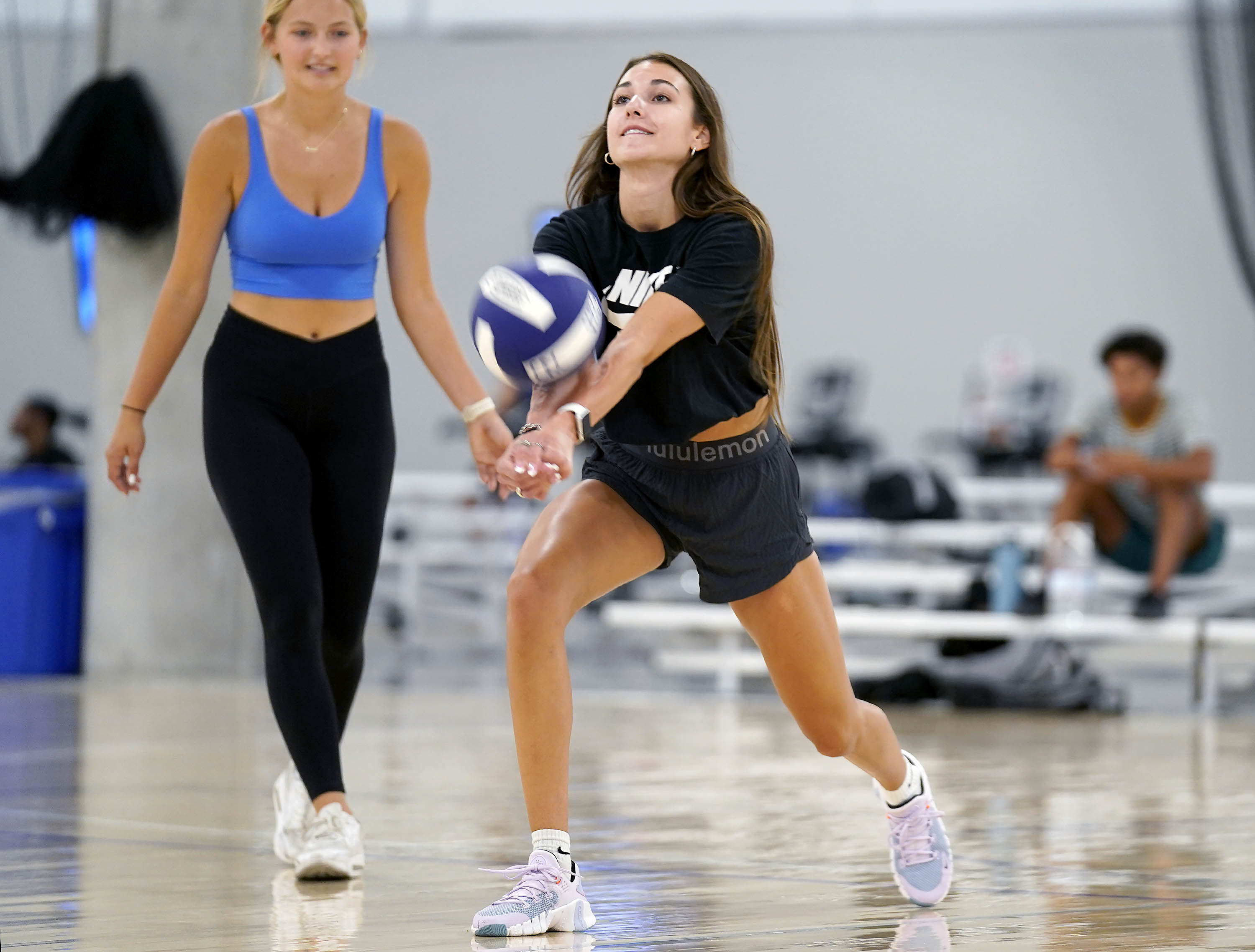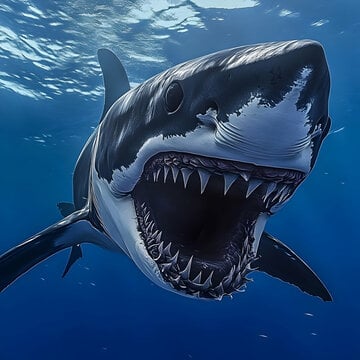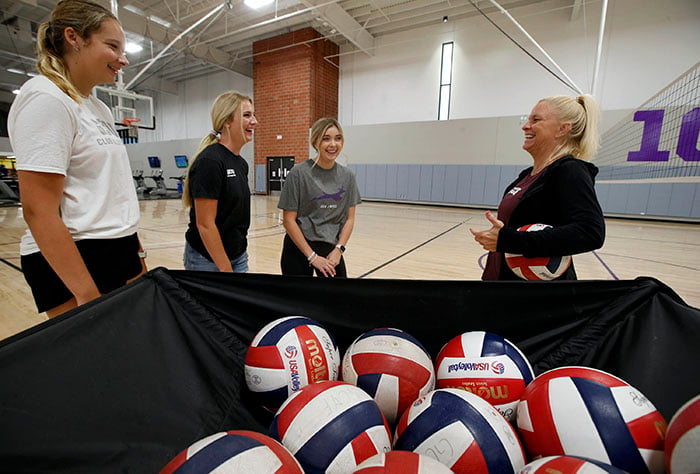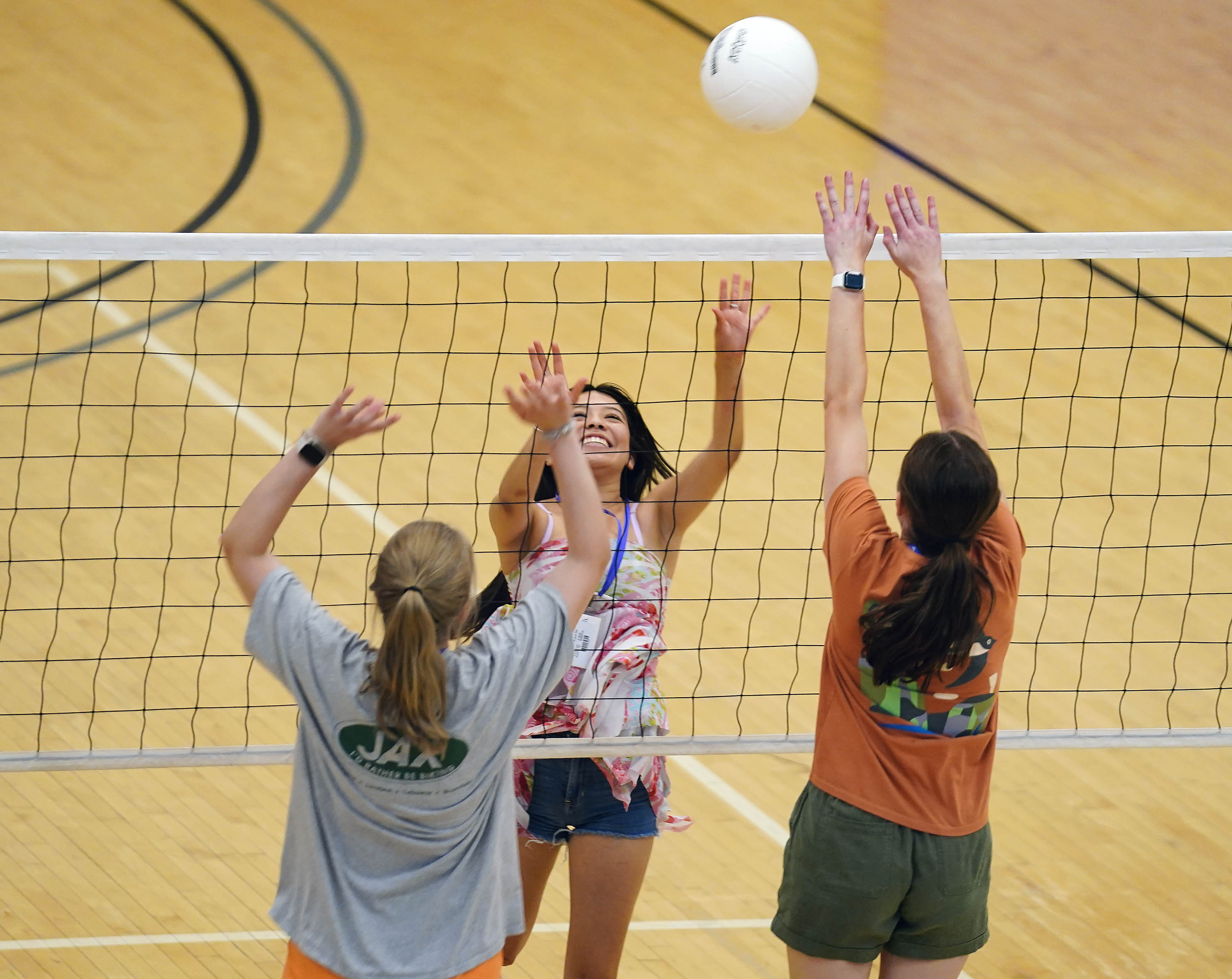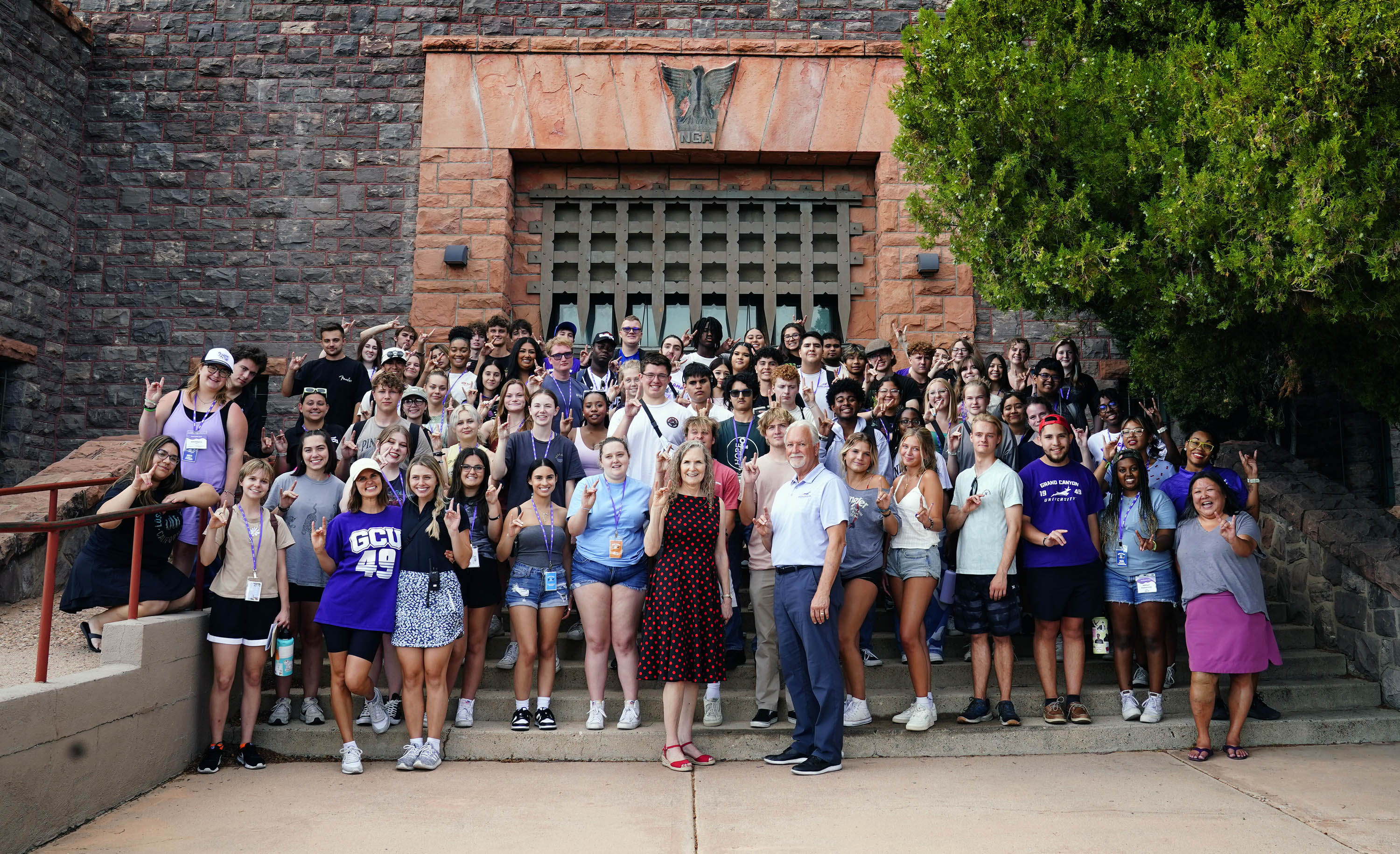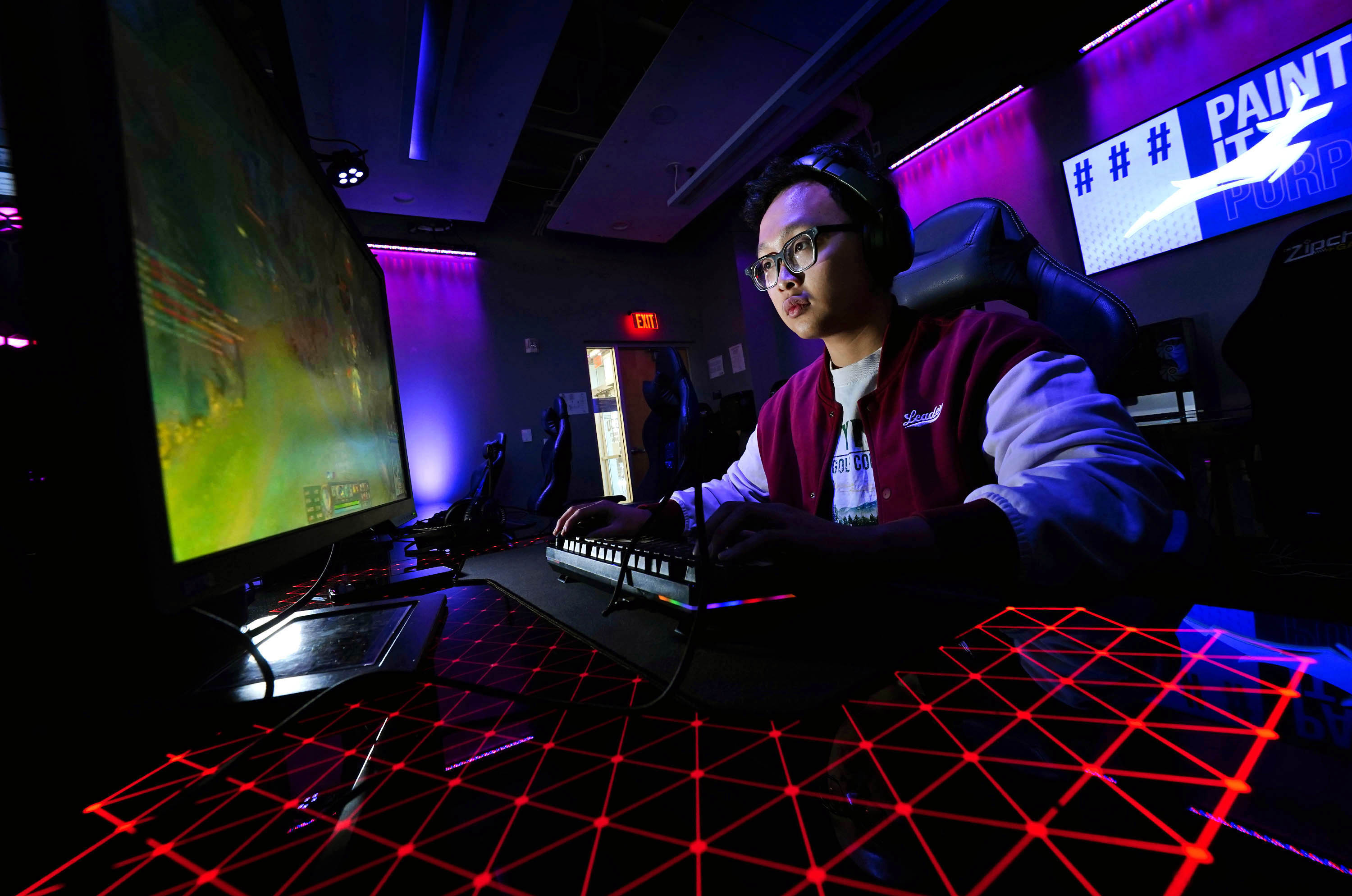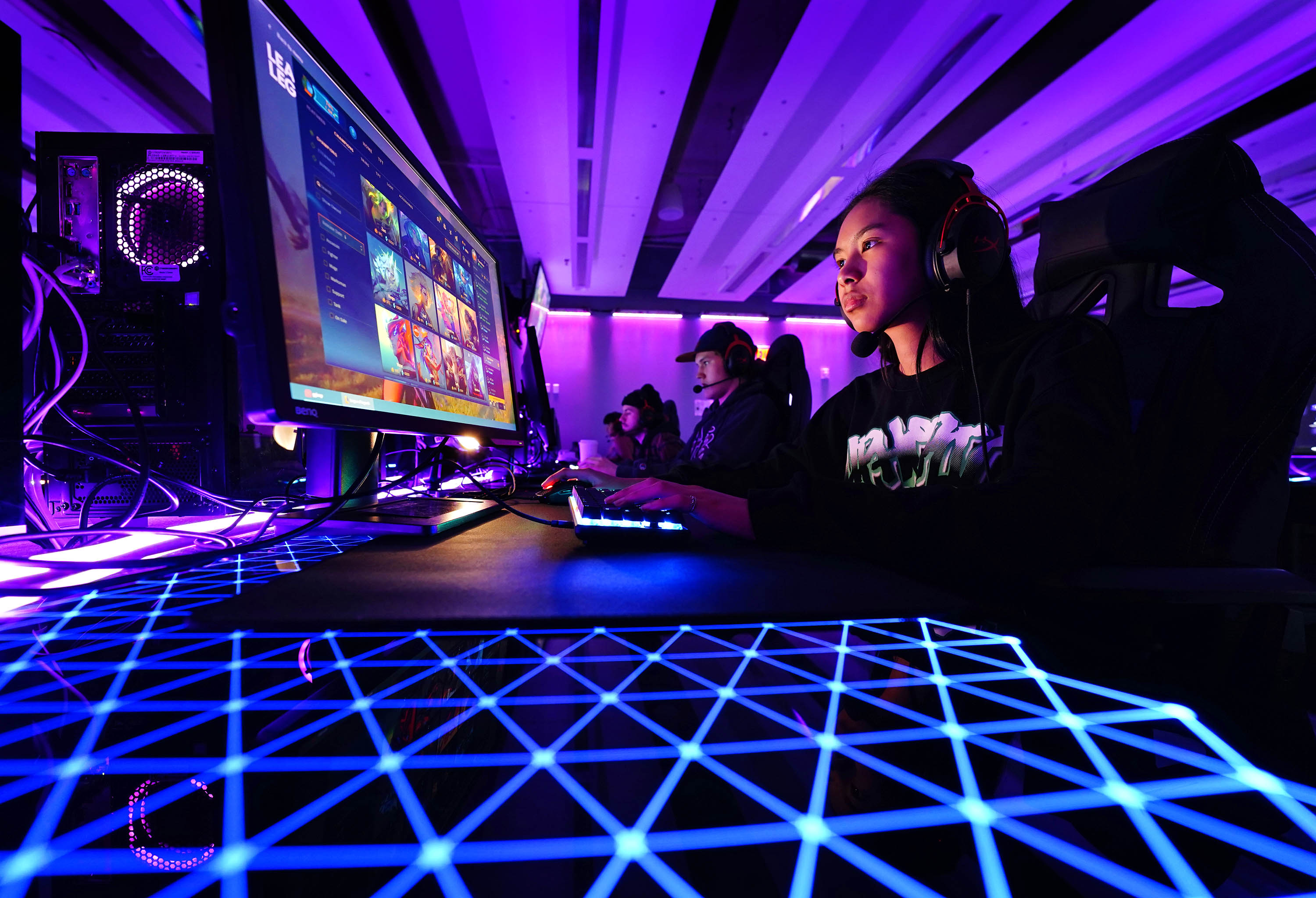
By Lana Sweeten-Shults
GCU News Bureau
It wasn’t hard to cut through the white noise surrounding COVID-19.
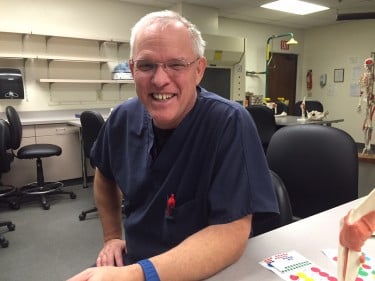
When Michael Bodeen, Grand Canyon University lead instructor for human dissection who oversees the anatomy lab, first started hearing about a novel coronavirus barreling its way through China and leaving devastation in its wake, “the writing was on the wall,” he said. “You could see, this is not good. I told (Dr.) Jon Valla (Assistant Dean of Science), you just give it a minute. It’s going to get here.”
So he and pre-med biology student Mario Barrera, lab room lead for dissection, started to prepare for the inevitable. Even before the University moved on-ground classes to an online environment, the two started to ready themselves for distance learning.
Barrera, alongside anatomy instructor Bodeen, began creating interactive Microsoft PowerPoints to help sophomore students get through their Biology 210 and 211 anatomy/physiology courses since they would not have on-ground access to the anatomy lab.
They used anatomical models -- cadavers cannot be shared online because of ethical concerns -- to put together two extensive PowerPoints for BIO 210, one detailing the body’s anterior muscles and the other the posterior muscles. Each PowerPoint includes about 50 slides.
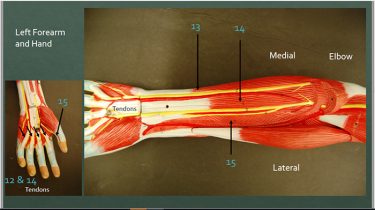
“And that’s just for BIO 210,” said Barrera, who also worked on a PowerPoint study guide for students in BIO 211 so they can learn the digestive tract and urinary system.
Barrera, who commutes to campus from Goodyear, would spend almost an entire day in the lab with Bodeen taking photographs of various parts of an anatomical model. They would save the images on a flash drive, then Barrera would identify and label the various muscles at home at night and would format the slides.
“I worked on the PowerPoints all spring break with him (Bodeen),” said Barrera, technically a sophomore but academically a senior slated to graduate from GCU in December.
Barrera then would hand off the PowerPoints to Bodeen, who would add or swap out pictures and edit the slides to make sure they’re at the academic level they need to be for students.
When they were done, they turned over the PowerPoints to anatomy and physiology instructor Michael Barton and the rest of the faculty to review before the study guides made their way to LoudCloud, the learning management system the University uses for online education.
Barton said the anatomy faculty has been using PowerPoints with pictured and labeled models for other labs, but these new presentations are a welcome addition to their academic arsenal. "They are very well done, and the students, to my knowledge, are making good use of them," Barton said.
While the impetus of the project was to provide additional study materials for distance learning during the coronavirus outbreak, Bodeen sees the work as serving multiple purposes: “We’ve taken the models and taken the pictures and are making them available for students online. But at the same time, we can develop them even more for when we get back to standard on-ground classes. It could be a resource for students in the lab themselves.”
Barrera knows of students who have been using the PowerPoints in their distance studies.
“I have a few friends … even they’re using it,” he said, noting that a few hundred students in those BIO 210 and BIO 211 courses have access to the presentations.
It’s where students can learn the structures of the femoral triangle in the body’s lower extremity, for example (those would be NAVEL, which are the femoral nerve, artery and vein, empty space and femoral lymphatics). Or it’s where they can see the various muscles of the thorax and abdomen.
Spending just a couple of days a week in the lab during the social-distancing mandates of coronavirus prevention is unusual for Barrera, who shares the lab these days with just a handful of students who live in the area or are staying on campus for various reasons. Hundreds of students use the lab every week during normal times, about 80-100 of them working on a slew of projects.
“I’m usually there six days a week because of my role in the lab,” he said. As lab room lead, he’s in charge of the facility when Bodeen isn’t there, and he’s also a lead in different areas of research.
One of the things he’s working on is a respiratory project in which he’ll be using hogs’ lungs to show the tracheal/bronchial tree and how it branches out into the lungs.
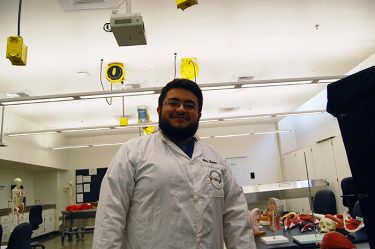
“The idea that Bodeen and I have come up with is to fill up the entire trachea of hogs’ lungs with a type of latex. … Then we’re going to have a type of beetle devour the lung tissue itself without harming the model so you get a finished product of this entire tracheal/bronchial tree of all the tubes entering the lungs without the lung tissue covering it, so it will be a really cool model to look at.”
Barrera wants to specialize in anesthesiology. To aid that quest, Bodeen has him work on projects involving the lungs.
“Whatever specialty you want to get into in life, that’s what you get involved with in our lab,” Barrera said of Bodeen’s approach to teaching and making sure students’ time in the lab focuses on the skills they will need for whatever specialization they might want to pursue.
It’s rare for undergraduate students to have access to cadavers, something usually not offered in the learning environment until the graduate level. That kind of access and hands-on education makes GCU’s students uniquely prepared for the next step in their academic careers, which usually involves moving on to medical school, as Barrera plans to do.
Working with the anatomy PowerPoint project was a response to a question Barrera had for himself – and that Bodeen had for himself, too: What’s the best way to teach anatomy in the distance-learning world?
“I developed the PowerPoints because it would be the best way I would learn,” Barrera said. He thought it could be the best way his fellow students could learn, as well.
“Being a good teacher helps you be a good doctor because if you can explain the material, that means you really understand it,” he said.
But at the heart of it all, he’s really thinking about his fellow Lopes and using the knowledge and skills he has developed in the lab to help other students. When you ask him if he just likes to help others learn, he just says, “Yeah, I really do. Even in the lab, I try to help out as much as I can.”
And he emphasizes that what he's done in the lab, from dissections to research, is something freshmen can do.
"We like to engage and involve as many freshmen as we can so that they can spend as much time possible building up a good set of skills," he said.
“Mario, he’s gone over the top,” Bodeen said of his student’s efforts on this project. “He always aims to serve. This man goes out of his way to serve, with no complaints.”
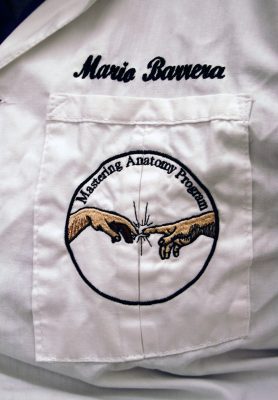
Bodeen shares how so many people on campus are willing to help each other. He speaks of how Engineering has been helping the anatomy lab by designing a computer rack for the lab’s virtual reality projects even though Engineering is so busy with other projects and coronavirus contingencies.
“There’s so much work that has been put off because our people have been too busy. They’re coming together to help each other and move projects that were put on the back burner, moving them forward,” Bodeen said. “That’s a good gig. That just demonstrates a good-heartedness and camaraderie,” he said, that defines the GCU community.
GCU senior writer Lana Sweeten-Shults can be reached at lana.sweeten-shults@gcu.edu or at 602-639-7901.
***
Related content:
GCU Today: Anatomy group's body of work: Creating human atlas
KTAR TV: GCU's atlas program gives med students anatomical experience
ABC15: Undergraduate students working with human cadavers in GCU lab

